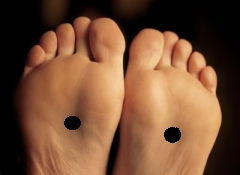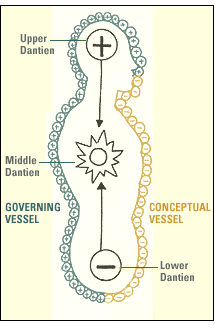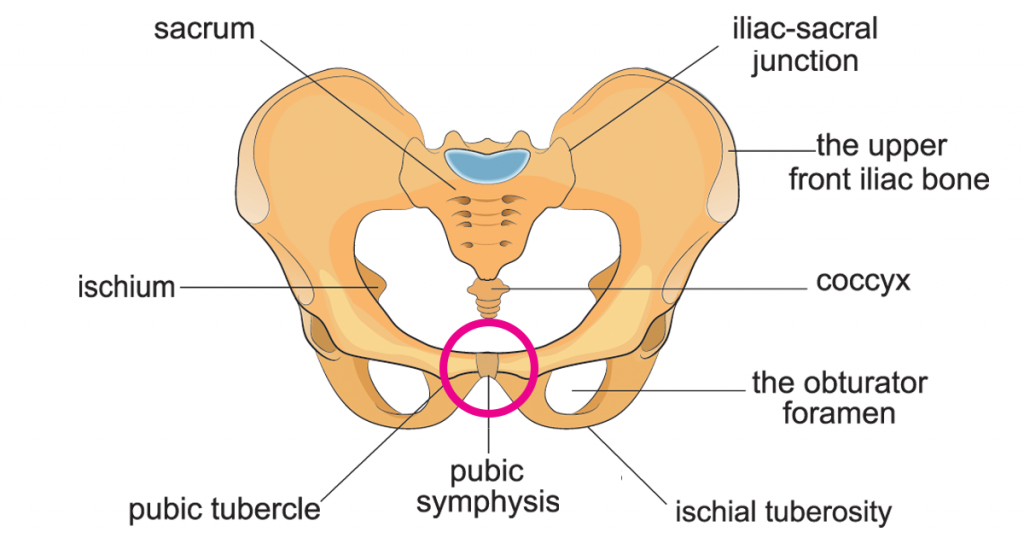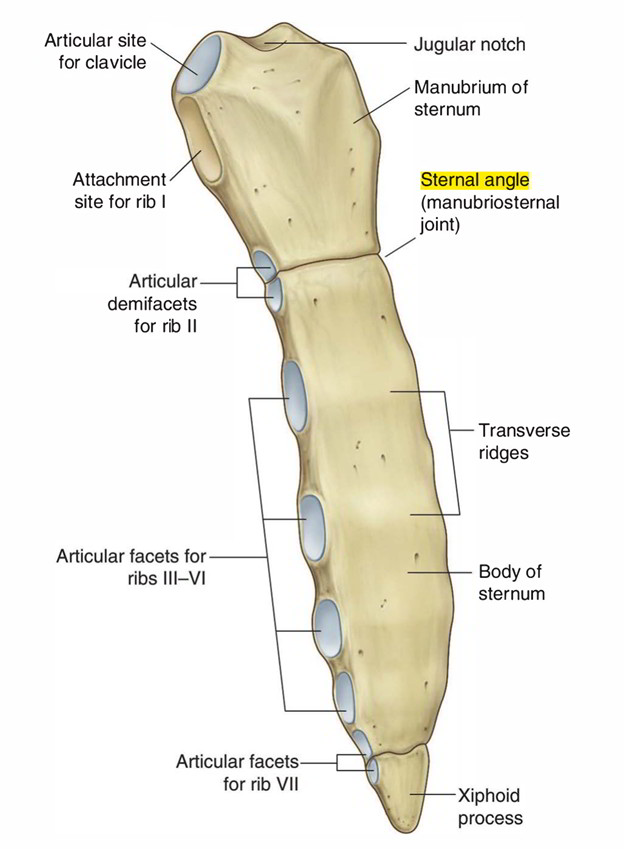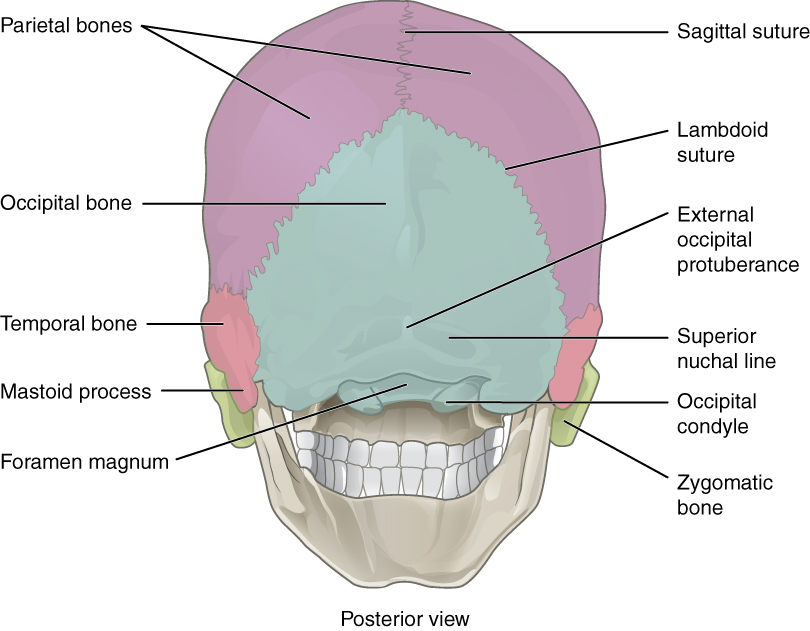Sadhana: Part 1
The Four Noble Truths
Sadhana: A means to an end. A discipline or a set of disciplines that go directly to the goal. A yoga.
This Sanskrit word is traditionally used to describe practices that lead to Spiritual Awakening, also known as Enlightenment, Moksha, Self Realization, freedom from suffering, etc. From a modern perspective we can see Spiritual Awakening as the beginning of the next level evolution, requiring a shift in self identity from a self-centric perspective (it’s all about ME!), to planetery eco-centric (it’s about Mother Earth and all living beings), to a Cosmos-centric (resting and rooted in Ultimate Mystery).
This shift in self identity is first and foremost personal, but as it evolves, we discover it is also taking place collectively and we can join with others for mutual nurturing and support on the journey. Awakening is also both instantaneous and developmental. It is instantaneous when ‘the light suddenly goes on’ and we ‘see’ from the perspective of the infinite. This ‘Divine Revelation, known as kensho or satori in Zen is an abrupt shift away from our normal point of view that can happen to anyone at any time. It can be powerful, shattering or both.
Awakening is also developmental because we still live in the finite world as well and need to integrate our inner vision into personal and social action. Spiritual Awakening is a multi-layered and ever evolving process. One can be stuck in emotional immaturity and still have an awakening experience. Much of the trauma around abuse in spiritual communities arises from this unstable situation. Needy students and predatory or emotionally unconscious teachers are a dangerous mix. This is a key reason to have an emotionally mature teacher and to trust your inner instincts when there is any doubt about this.
When we become clear that this is our path, our primary life motivation becomes the betterment of the world and the liberation of all beings. If enough people have Awakening as their primary motivation, then as a collective field, Awakening humans can begin to have more and more say in the actions of society as a whole. A collective “bodhisattva consciousness” would be very helpful in overcoming the immense problems modern culture has created.
Spiritual Awakening usually begins with the recognition that something is seriously off about my life and the world around me. At a deeper level, this is supported by an inner spiritual impulse to discover what is Real and True about myself and the world. At this point our sadhana begins and we seek out guidance on the necessary steps to take and how to proceed with them. There is no better place to start than the Buddha and the teachings known as The Four Noble Truths. They are:
There is suffering (in the world and in every individual, and we need to take this in to begin opening our hearts);
There is a cause of suffering (the mind’s neurotic activity that never lets us rest);
There is a solution to suffering. (letting go of striving to ‘solidify’ ourselves):
There is an Eightfold path* (sadhana) with tools that develop these skills. (See below)
The Buddha states very clearly that Awakening begins with the capacity to see and feel the immense suffering, both in ourselves and in the world. This involves seeing neurotic thought for what it is, pausing, and allowing a space where the depths of the heart can reveal themselves. Awakening does not involve accumulating more knowledge. Rather, the sadhana is learning to discover and let go of anything that obscures the immediate feelings of an open heart. The egoic structures are no match for the reality of sickness and death, but the heart is. Buddha’s first insight was that without a deep understanding of why and how the heart remains imprisoned in suffering, Awakening will only become an intellectual fantasy or a projection of our imagination. * (See the poems and commentary a few paragraphs below.)
With the beginnings of Realization, we start to directly feel and recognize the causes of suffering. Buddha describes them as craving and ignorance, but we can see these are survival strategies arising early on as we are establishing our self-identity in relation to the world. These strategies stem from establishing a thought based sense of self, while avoiding, at all costs, feeling the pain and wounds of the heart.
The vulnerability of infancy and early childhood, where we need and do not always have emotional safety and security, leads to all sorts of fears, traumas and emotional wounding. At that early age we do not have the emotional strength and groundedness to process the pain and grief that accompany the emotional wounds and they are relegated to the unconscious. Here they become trapped in the cells and tissues of the developing body and become forgotten. However, we are simultaneously developing language skills and interacting with others verbally. The beginnings our our neuroses are here.
As we begin to see the relationship between our self identity, our woundedness and our hearts, we can begin to see some of the actions we can take to begin the healing of our personal and collective wounds and deepen the Awakening process. Our self identity issues underlying our own personal suffering begin sometime around the age of 18 months when the ‘ego structures’ begin to emerge. The very young child is simultaneously learning how to: live in a body, understand and use language, become independent, and develop attachment relationships with the other beings in their field of awareness. They are very small and vulnerable beings in a very large and mysterious world and developing a sense of self actually appears to begin at birth.
Here are some simple and yet fascinating observations about the levels of emergence of our self identity which will offer us some clues to our own inner world. These come from the research of psychologist Phillipe Rochat working with the ‘mirror test’ and infant development at Emory University in Atlanta, GA. Dr. Rochat describes the development of self awareness like the growth of an onion, layer by layer and the adult experience as a continuous fluctuation through these layers. For a more detailed description, check out his article: http://www.psychology.emory.edu/cognition/rochat/Rochat5levels.pdf
As a preface, please note that these 6 levels also have a social dimension which is not included in this overview. Self awareness always emerges and develops in the presence of others, with others. It is not a solitary process but an amazingly complex one. At a later date we will examine the attachment process and some findings from the modern field of Interpersonal Neurobiology to help expand our field of awareness of self-awareness and mental health. Nonetheless, this model can give us some reference points for exploring our own embodied self awareness, and after this first section we will look at some adult manifestations of these levels.
Level 0: Confusion: This is the level of zero self awareness or self-obliviousness. The mirror does not exist and the reflections are seen as a continuation of the world and not reflections. A bird flying into a window, or a parakeet singing to a mirror believing he has a companion are an example of level 0.
Level 1: Self-World Differentiation: At birth, a baby knows her body is differentiated from other objects. She recognizes the physical mirror, as well as the images in the mirror are separate from herself, but she won’t recognize the image in the mirror as herself. “There is a mirror.”
Level 2: Situation: At 2 months, a baby becomes more physically interactive with the world. He can reach for things and his image in the mirror now becomes a source of curiosity. He has situated himself in the world.
“There is a person in the mirror.”
Level 3: Identification: At 18 months toddlers will begin to recognize the image in the mirror is ME!.
“That person is me.”
Level 4: Permanence: The next few years the toddler is navigating between ‘the image in the mirror is me’ and ‘the image in the mirror is someone else looking at me’. An example is a young girl looking in a mirror and asking “why is that girl wearing my clothes. As you can imagine, this is an emotionally volatile time in their development! At completion of this stage there is the recognition that even baby pictures of me are still me. The sense of me has become permanent. “That person is going to be me forever.”
Level 5: Meta Self-Awareness: Somewhere between 4 and five the child finally realizes that not only is the image in the mirror ‘me’ (Level 3), and always me (Level 4), but also the ‘me’ that everyone else sees. At this stage children can become mirror-shy and be rather unsettled that everyone can ‘see’ me. Bouts of embarrassment, pride and acute self-consciousness can manifest. “And everyone else can see it.”
As adults, we can actually recognize some of these stages maturing in ourselves.
Level 0: Confusion / (Resolution?) The human experience of level 0 is complex. In deep dreamless sleep there is a total dropping of self awareness , and there are possible times when we ‘get lost’ in the story of a novel or movie. But also there are deep levels of meditation where the self, and the reflective mirror totally drops away.
This is delightfully described in one of my favorite books, Mark Epstein’s clear and powerful ‘thoughts without a thinker’. There is a short story he relates at the beginning of his section on ‘Right View, the first stage of the Fourth Noble Truth, that has remained with me for many years. Today I will call it ‘poems to Level 0 and will quote it here in full:
“Forever alert to the tendency of the human psyche to substitute some kind of imagined state of perfection for true understanding, Hueng-jen, the departing fifth patriarch, challenged his students and followers of the seventh century A.D. to compose a verse demonstrating their understanding of the Buddha’s teachings. The most satisfactory verse would indicate his successor. The foremost disciple , Shen-hsiu, who was expected to assume the role of the master presented the following:
The body is the Bodhi tree,
The mind is like a clear mirror standing.
Take care to wipe it all the time
Allow no grain of dust to cling.
A perfectly acceptable response. Shen-hsiu’s verse made a virtue of the empty and reflecting mind, a recurrent motif in Buddhist literature. But the clear mirror, like the true self, too easily becomes an object of veneration. Such a view merely replaces the concrete self with a more rarified version that is then thought to be even more real than the original. An illiterate kitchen boy, Hui-neng, grasped the imperfection of Shen-hsiu’s response and presented the following alternative.
The Bodhi is not a tree,
The clear mirror is nowhere standing.
Fundamentally, not one thing exists;
Where then is a grain of dust to cling?
Hui-nengs response, which was consistent with the teachings of Nagarjuna and the Madhyamika school in embracing neither absolutism or nihilism, avoided the trap of idealization that Shen-hsiu’s poem retained. Hui-neng avoided the common misconceptionof liberation as a mind emptied of its contents or a body emptied of its emotions. The mind or self that we conceive of does not exist in the way we imagine, said Hui-neng; if all things are empty, to what can we cling? If the mind itself is already empty, why should it have to be cleansed? If emotions are empty, why do they have to be eliminated? (see previous post on the Heart Sutra)
Even in a Buddhist community, this view challenged conventional thinking. The departing fifth patriarch, for example, found it necessary to praise Shen-hsui’s answer in public, while privately rebuking him. Publicly denouncing Hui-neng, the patriarch secretly named Hui-neng the sixth patriarch and then urged him to flee under the cover of darkness. Yet Hui-neng, in his own way, was articulation what has always been one of the major components of Buddha’s teaching, what has become known as Right View.”
Levels 1 and 2 are very embodied experiences. Level 1 keeps us from walking into walls and level 2 helps us refine movement skills, from basic walking to advanced athletics.
Level 3 is basic self consciousness and getting stuck in this level will interfere with the ability of my body to be in flow. In sports and other life endeavors this is called ‘getting in your own way’. This insidiously challenging ‘objective self’, the Me-Mine is explored in meditation and hopefully ‘seen’ to be ’empty’ of any substantive reality.
Level 4 allows us to reflect back upon the various stages of our lives and feel a continuity. We ‘know’ that my 3 year old self as well as my teenage self, and all the other phases are actually all me. More meditation is needed to see the transitory nature of our personal narrative. Once we see its inherent emptiness, the need to ‘get rid of it’ can be dropped and we enjoy it for what it is, an interesting story that is not the True Self, but not separate from it either.
Level 5 requires the capacity to imagine what others might be thinking of me, and this inevitably leads to all sorts of fantasies and distortions about ‘who we really are. If we are curious about the origins of suffering as ignorance and craving this is a great place to begin. For those who are curious, there are many parallels here to the Buddhist view of the construction of the self sense or ego known as the five skandhas. Find them here, and here, and here.
Self reflection is a key part of Patanjali’s Kriya Yoga, which begins his second chapter of the Yoga Sutras known as the Sadhana Pada, ‘On Practice’. We will pick up there in the next post.
*****
(from above)
The Eightfold Path can be seen as eight spokes emanating from the hub of Awakening, and like Patanjali’s Ashtanga Yoga, the first five are more outer practices involving our relation to the world, and the last three more inner, involving our meditation work.
Right View (especially the Four Nobles Truths)
Right Thought
Right Speech
Right Action
Right Livelihood
Right Effort (in healing our dysfunctional mental patterns)
Right Mindfulness (expanding awareness to the body, feelings, thoughts and the impermanence of all phenomena)
Right Concentration (Samadhi, single mindedness)


